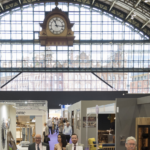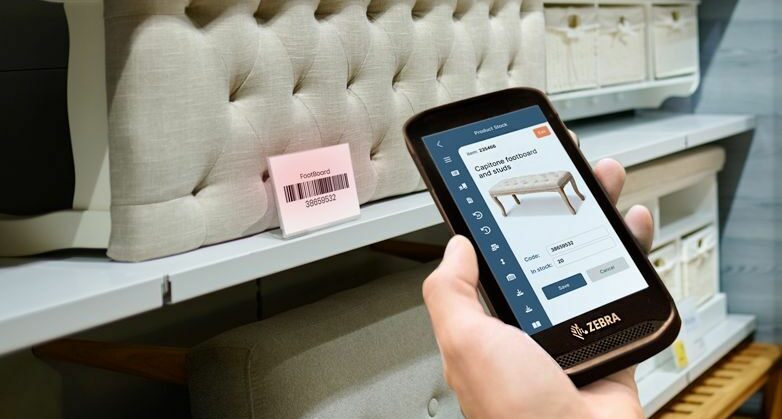Furniture retail sales increased during December on last month but were down against an annual comparison.
According to the latest data from the Office for National Statistics, furniture and lighting retail sales rose 8.2% to £1.58bn from £1.46bn in November. Compared to the previous year, sales were down 3.6% from £1.64bn.
Floorcovering retail sales declined month-on-month, down by 27% to £190.1m from £262.7m. Compared to the same time last year, sales fell by 3% from £196.1m.
Total non-food store sales volumes (the total of department, clothing, household and other non-food stores) fell by 3.9% in December 2023, from an increase of 2.7% in November 2023. Retailers reported that part of the fall over the month to December was because of consumers purchasing gifts earlier than usual, in November.
Within the non-food sector, department stores sales volumes fell by 7.1% in December 2023. Retailers reported quiet trading in the post-Christmas period, and a reduction in the sales of household goods.
Other non-food stores sales volumes fell by 4.5% over the month, largely because of falls in sports equipment, games and toys stores, and watches and jewellery stores. Respondents reported a slow December because of cost-of-living pressures and reduced footfall.
Household goods stores sales volumes fell by 3.0% in December 2023, mostly because of a strong monthly fall in hardware stores. Respondents again cited the difficult economic climate with customers spending less on average.
Overall, total retail sales volume (quantity bought) in December fell by 2.4%, while the value (amount spent) increased by 0.6% to £57.7bn year-on-year. On a monthly comparison, volumes were down 3.2%, with the value spent down by 3.6%.
December’s decrease was the largest monthly fall since January 2021, when coronavirus (COVID-19) restrictions affected sales.
Online spending values fell by 1.7% from November to December 2023, with falls across all sectors apart from non-store retailing which was unchanged.
As the monthly fall in the value of online retail was smaller than the fall in the value of total retail, the proportion of online sales rose from 26.6% in November 2023 to 27.1% in December 2023.
The proportion of online sales in December 2023 is slightly above the average of the preceding 12 months (26.5%) and substantially above pre-coronavirus (COVID-19) pandemic levels (19.7% in February 2020).
Commenting on the retail sales figures for December, Heather Bovill, Deputy Director for Surveys and Economic Indicators at the ONS, said: “Following a strong November, retail sales plummeted in December with all types of outlets being hit. This was the largest overall monthly fall since January 2021, when the reintroduction of pandemic restrictions knocked sales heavily.
“Food stores performed very poorly, with their steepest fall since May 2021 as early Christmas shopping led to slow December sales. Department stores, clothing shops and household goods retailers reported sluggish sales too as consumers spent less on Christmas gifts, but had also purchased earlier during Black Friday promotions, to help spread the cost.
“The longer-term picture remains subdued, with quarterly sales dipping, while annual sales volumes fell for the second consecutive year, to their lowest level in five years.”
Kris Hamer, Director of Insight at the British Retail Consortium, said: “A drop in retail sales volumes in December capped a difficult year for retailers, with sales volumes across 2023 below those seen in 2019. Black Friday sales ate into Christmas spending, while the high cost of living meant some households had to cut back on festive gifting. Electricals and Furniture performed weaker than hoped, and even food saw smaller growth as many households traded down to cheaper brands . However, with inflation on a downward trend, and wages slowly rising, retailers hope that consumer confidence and sales volumes will bounce back in 2024.
“Retail is a vital part of the ‘everywhere economy’, serving the communities of every village, town and city in Britain. This is why it’s essential that political parties of all stripes have a clear and cohesive plan for retail as they make their pitch to the public ahead of the next election. Retail accounted for over £462bn in spending, employs around three million people directly, and contributes billions to the UK tax base.”















